Can you wash toys in a washing machine?
Whether you’re cleaning your child’s favourite teddy or you’re spring cleaning their toy collection, knowing the best cleaning methods to clean each toy quickly and efficiently can help maintain a clean and happy home, without any temper tantrums. Toys are integral to family life, but cleaning them effectively isn’t always straightforward. Here at Beko, we recognise the importance of efficiently cleaning toys to keep germs- and tears- at bay.
From hand baths to washing machines to dishwashers, there are plenty of ways to get your favourite toys clean, dry, and ready for another day of play.
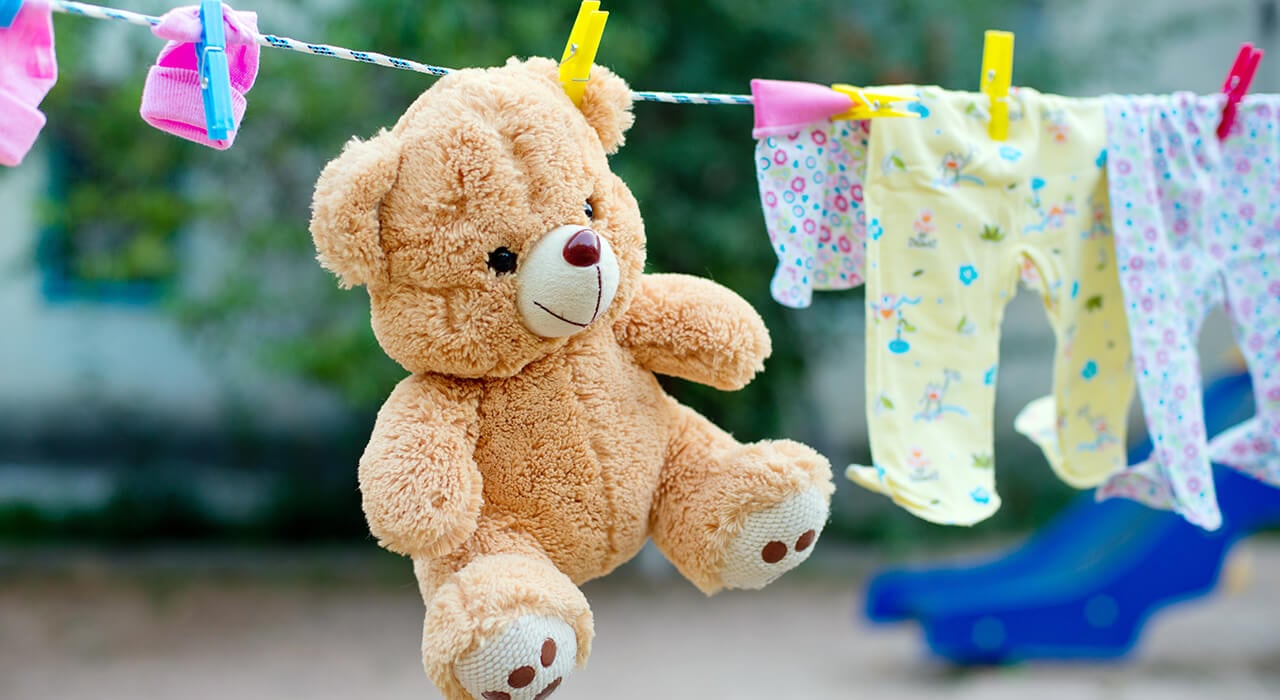
What are the types of toys that can be machine-washed?
You might not realise it, but many toys can be safely washed in a washing machine, making it quick and easy to get your favourite teddy looking as good as new. However, it’s essential to check with the toy manufacturer before cleaning any toys, as the care labels on your favourite toys will indicate whether they can be safely machine washed. Following these care instructions is crucial for ensuring the safety of both your toys and your appliances.
Some toys that might be machine-washable include teddies, playmats, building blocks, bath toys, and more.
Plush toys and stuffed animals
Plush toys and stuffed animals are a common favourite of children, but their soft exterior can be a great place for germs to multiply. From food spills to direct coughs, dirt, germs, and dust can accumulate on these toys. Machine washing them can be a great way of giving them a thorough clean, but it’s important to check with the manufacturer and care tags first. Some manufacturers may recommend washing these toys on a delicate cycle or even handwashing, especially for more fragile plush toys.
If you’re struggling to separate your child from their favourite teddy, you can turn it into a fun game. Send Teddy on an adventure!
Plastic toys
Plastic toys, while they also need washing, are not suitable for the washing machine due to the risk of melting at high temperatures and potential damage to the washing machine drum. Instead, we recommend placing your plastic toys in the dishwasher on the top rack, in a mesh bag. Make sure to use a low-temperature setting to preserve the toy’s shape.
Rubber or silicon toys
Rubber and silicon toys, which are firmer and heat resistant, can be washed in the washing machine if needed. This is great for rubber teething toys and other items for children, or even pets. These toys should be washed at a high temperature without detergent to effectively kill germs. However, always check with the manufacturer to ensure the toy is machine washable before proceeding.
If your toys are larger or could potentially disrupt the washing machine drum, try putting them in with some old towels to balance the load and protect the drum. Alternatively, you can use the dishwasher method mentioned earlier for cleaning plastic toys, placing them on the top rack in a mesh bag and using a low-temperature setting.
What are the safety precautions for washing toys in a washing machine?
No one wants their toys or appliances to be damaged during the cleaning process. The last thing you want is for Teddy to come out misshapen or for your building blocks not fitting together anymore. To prevent tears, damage, and potential melting, it’s important to take extra precautions before placing plastics and stuffed animals in the washing machine.
Some things to consider include:
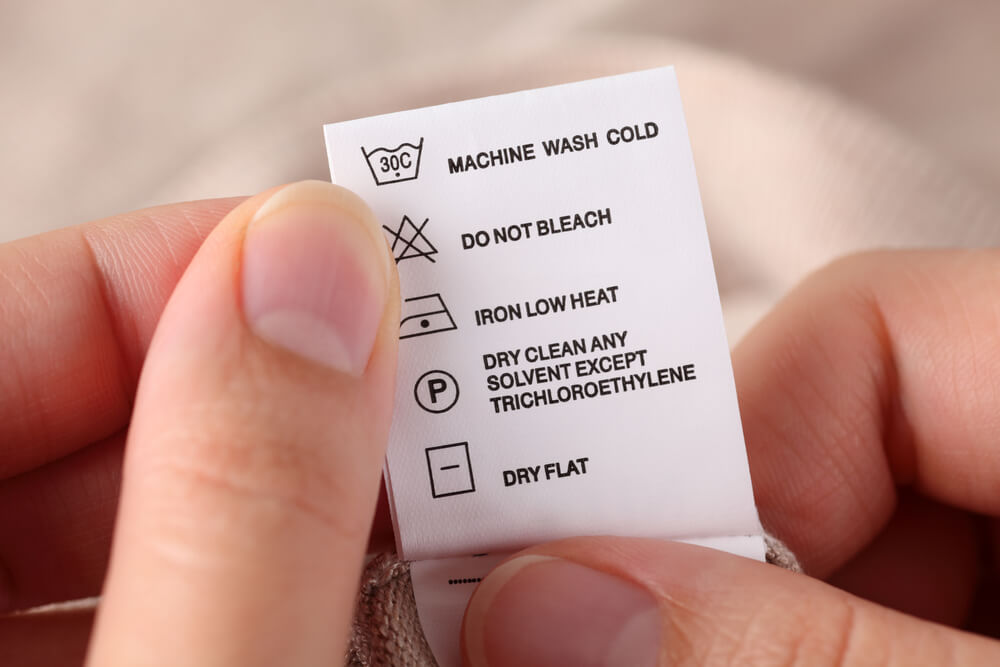
Checking for machine-washable labels
Each toy, especially stuffed animals and plush toys, should come with a care label. This label provides important information about whether the item can be machine washed or if it requires a hand wash to effectively remove stains or odours. Checking these care labels is essential to ensure the toy is cleaned properly without risking damage to the item or your appliances.
Click here to learn more about what your laundry care labels mean.
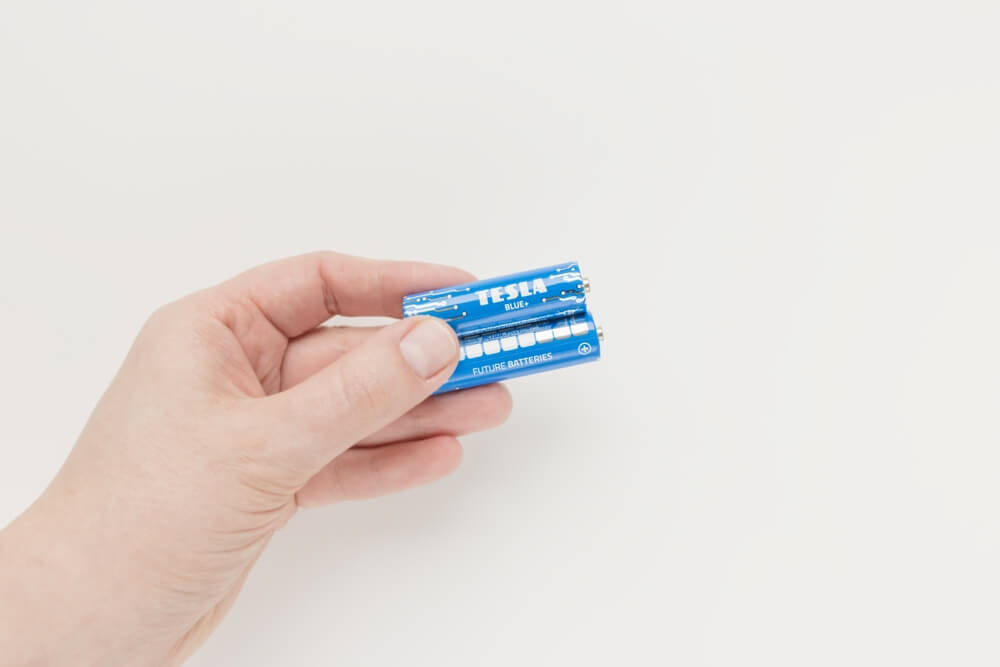
Removing loose parts or batteries
Removing loose parts and batteries from all items before washing them, whether in a washing machine, dishwasher, or even hand-washed with water, is crucial to ensure the safety of you, your children, the toy, and any appliances used. Batteries can leak toxic liquid onto other items, posing a risk to skin if touched. Loose items and batteries can also dislodge from toys and potentially cause blockages within the washing machine, leading to further issues and damage.
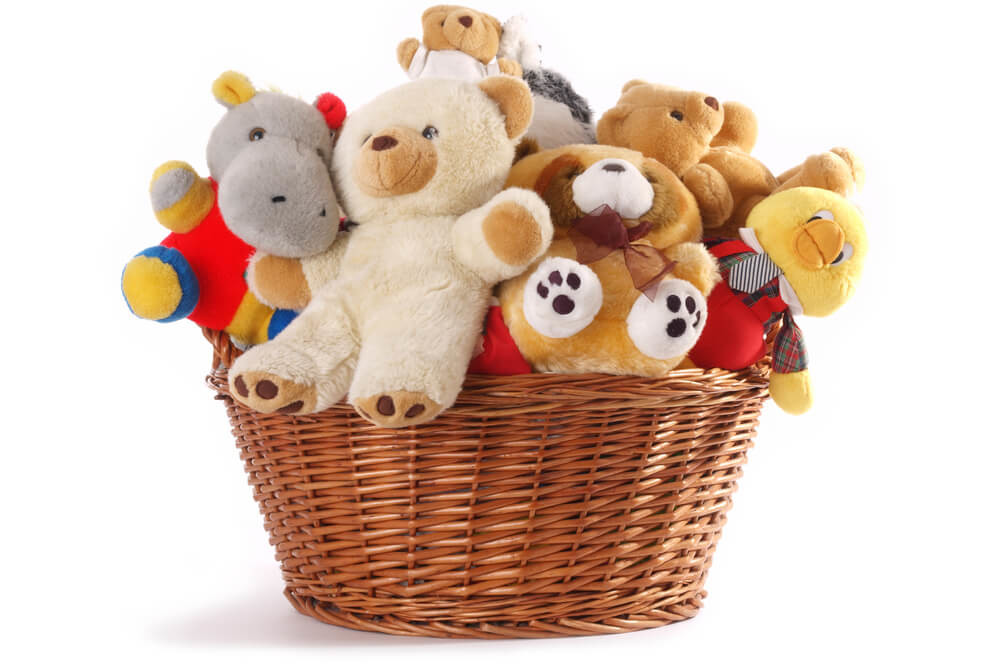
Using delicate or gentle cycles
Toys do not require the heavy agitation that towels need. In fact, low levels of agitation, such as with delicate and hand-wash cycles, are sufficient for cleaning your teddies without causing any wear and tear to the toy. These cycles gently remove stains, smells, and germs from your soft toys while minimising the risk of damage to the washing machine drum, especially in the case of hard elements like Teddy’s eyes.
How to wash toys in a washing machine
Preparing your toys and the washing machine for the best wash is important. From determining whether detergent is necessary to choosing the appropriate cycle setting, it’s important to avoid subjecting Teddy to any unnecessary stress once he’s in the drum. This friendly guide will walk you through the options available when washing a toy in a machine and help you choose the best option for your needs.
Preparing the toys
From crafting a story to explain Teddy’s absence to your child, to ensuring all loose items such as batteries are removed, proper preparation of your toys before washing them in the machine is crucial. Loose items can cause blockages or damage the drum, so it’s important to remove them beforehand. If your toy has a specific stain you want to remove, consider rubbing it with stain remover before placing it in the drum to help lift the stain effectively.
Selecting the right cycle and settings
Selecting the right cycle and settings is important for any laundry, and it’s especially important when washing cherished items like toys. To ensure they are handled with care, toys may require a delicate or hand-wash setting for cleaning. However, always refer to the manufacturer’s label and instructions before including them in your laundry load.
Learn more about the cycles and settings you can find on your washing machine and which is best for your laundry type.
Drying toys after washing
There are plenty of ways to dry your toys after washing them. While toys may require air drying, this process can be time-consuming. If your child is eagerly waiting for their favourite teddy, you’ll want to expedite the drying process. If the manufacturer confirms it’s safe, you can use a tumble dryer to remove dampness from soft toys. This method can also help prevent any lingering damp smell from affecting the toy.
Toys to avoid washing in a machine
Some toys are best avoided from being washed in a washing machine. For example, if you have a fragile soft toy that has been around for a long time, it might be best to spot-clean it with a damp cloth instead of putting it into your machine. Similarly, soft plastics that could melt or lose their shape in high heat should not be placed in the washing machine. Any toy that the manufacturer does not recommend for machine washing should be cleaned using alternative methods.
Other toys to avoid putting into your washing machine include:
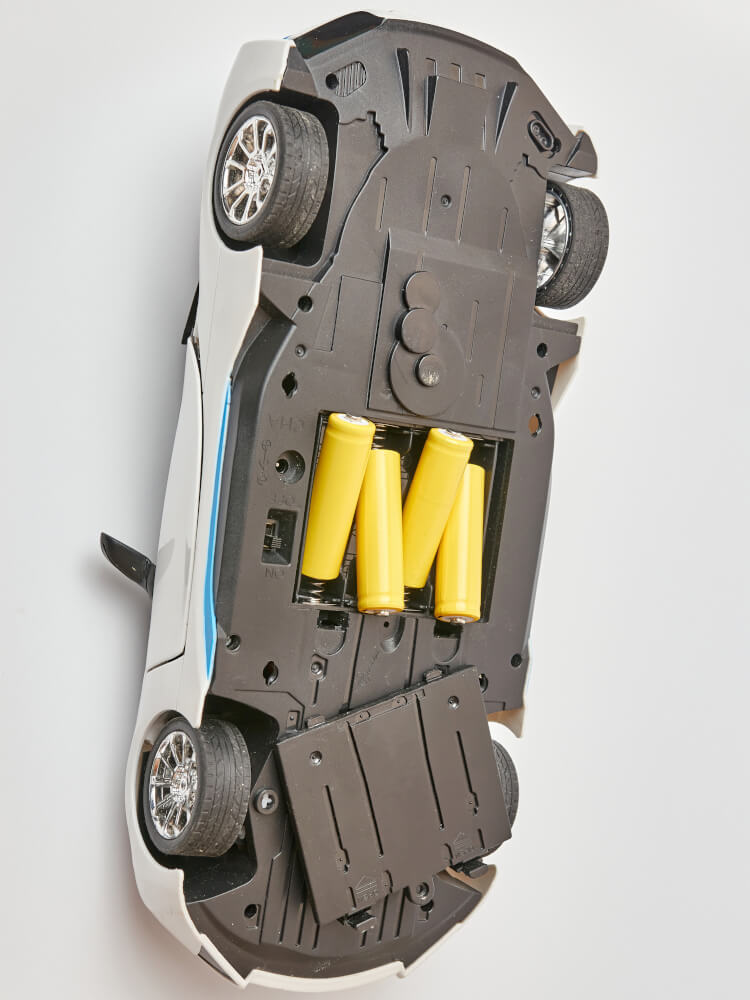
Electronic or battery-operated toys
Electronic and battery-operated toys should not be placed in a washing machine because they should not be submerged in water. Submerging these toys can lead to short-circuiting or breaking. If you need to clean electric or battery-operated toys, always follow the manufacturer’s advice for safe cleaning methods.
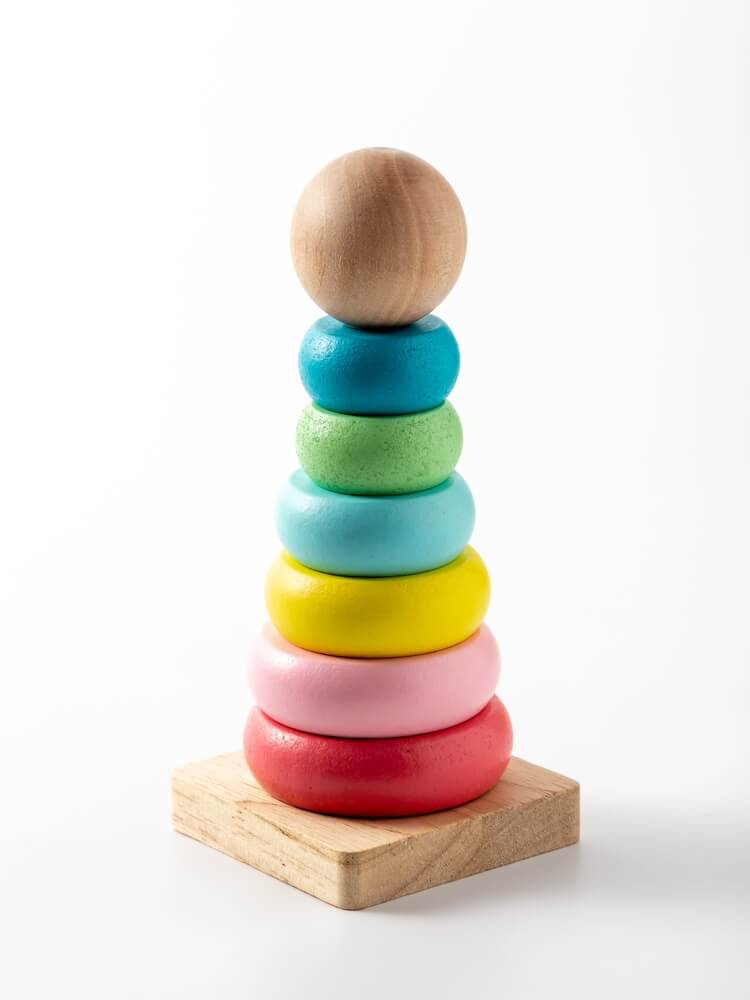
Wooden toys
Equally, wooden toys should not be placed in a washing machine. When submerged in water for extended periods, wooden toys are prone to swelling and losing their shape. They can also become discoloured and may grow mould once removed from the water. If you need to clean wooden blocks or other wooden toys, it’s important to follow the manufacturer’s advice and avoid using the washing machine for this purpose.
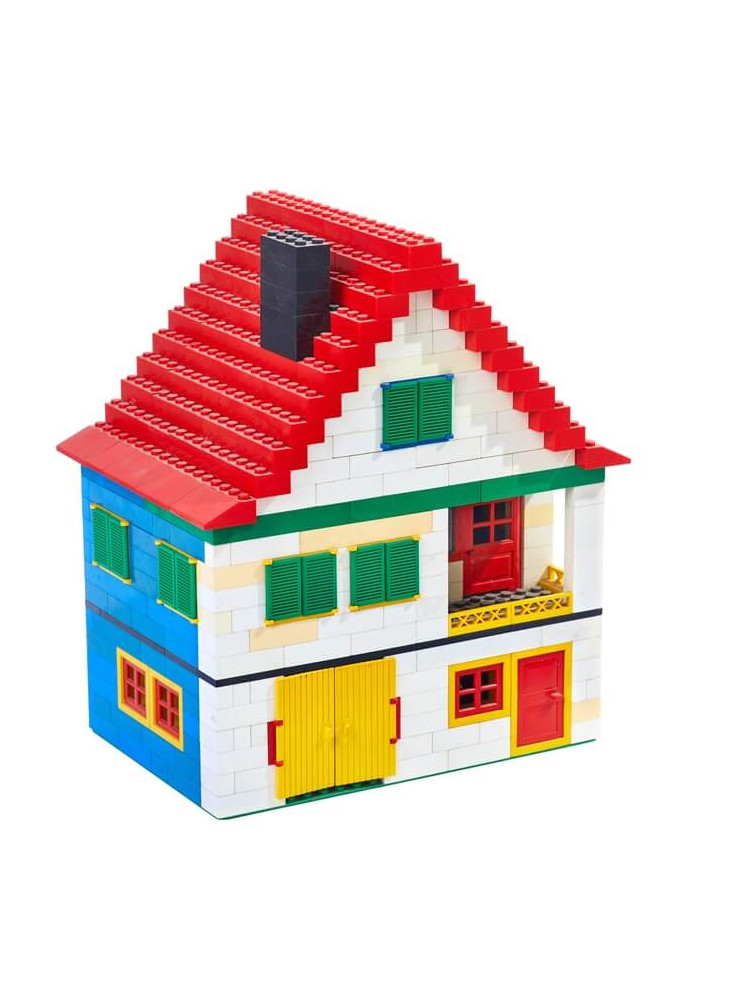
Toys with small or loose parts
Toys with small or loose parts that cannot be easily removed before washing can pose a hazard to your washing machine. If these pieces come off during the wash cycle, they can become lodged in the drainage system, filter, or drum, potentially causing problems for your machine. If you can easily remove these small or loose parts before washing, they should be safe to put in your machine. However, any parts that cannot be removed may cause issues and should be cleaned using alternative methods to avoid damaging your washing machine.
Alternative cleaning methods for toys
If your toys cannot be washed in a washing machine or dishwasher, there are many alternative methods for cleaning. Spot cleaning with a damp cloth is effective, especially for older soft toys with small parts that may tear during a wash cycle. For hard items like wooden toys and plastics, wiping them with a disinfectant wipe can remove surface germs, similar to cleaning home surfaces.
Always follow the manufacturer’s advice for your toys. Their recommendations are tailored for specific products and will ensure the best cleaning results without damaging the item.
Did we answer your question?
We are so sorry we were unable to answer your question. You might be able to find the answer you are looking for in the ‘Related Questions’ below. If your query is still unanswered, please head over to our Contact Us page for further assistance.
Search FAQ’s
Search or browse our frequently asked questions to find the answer to your query.




